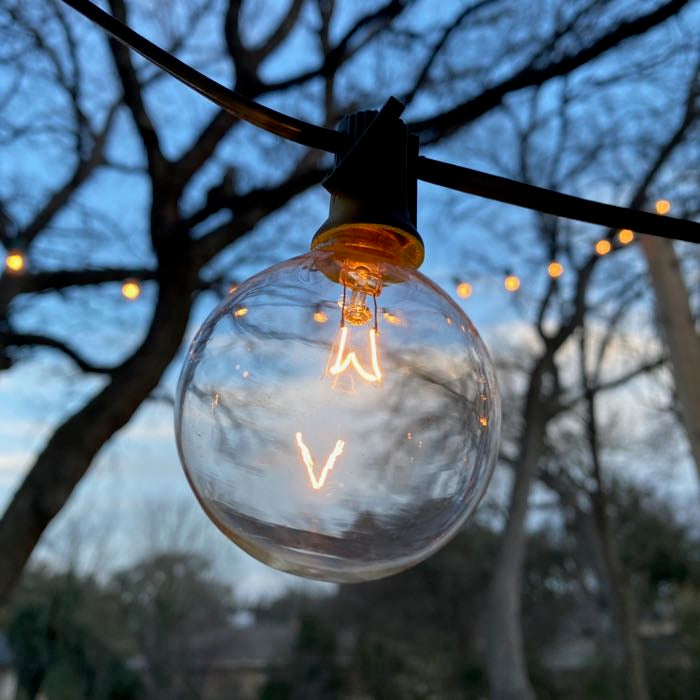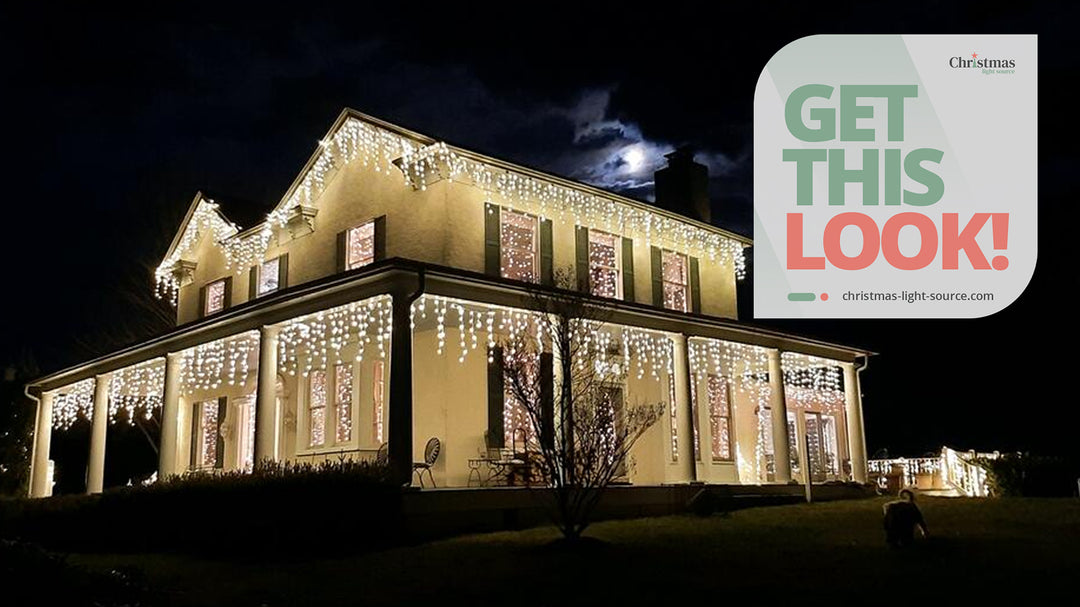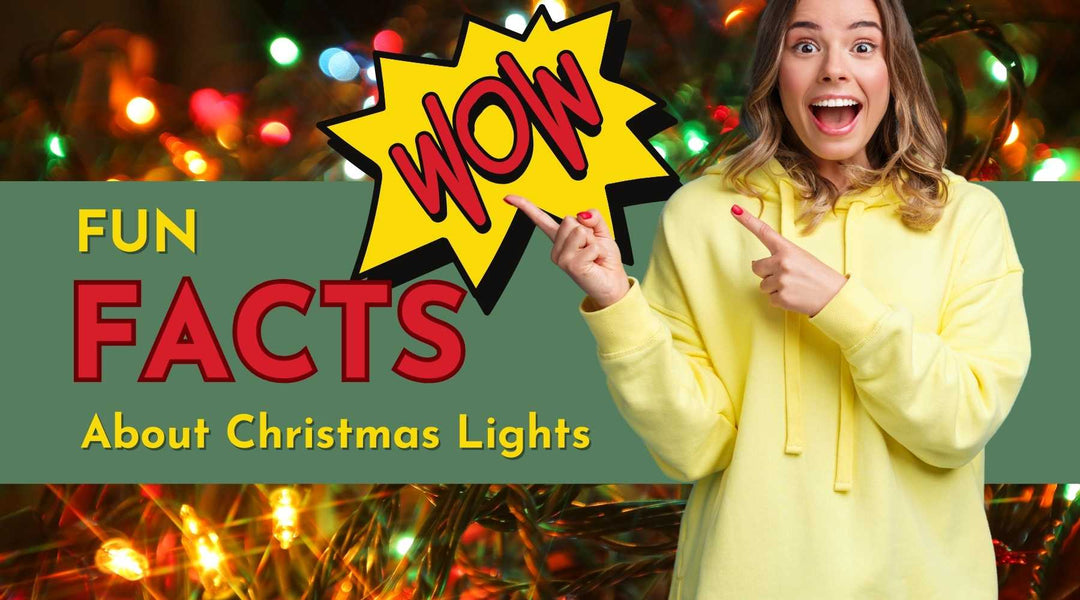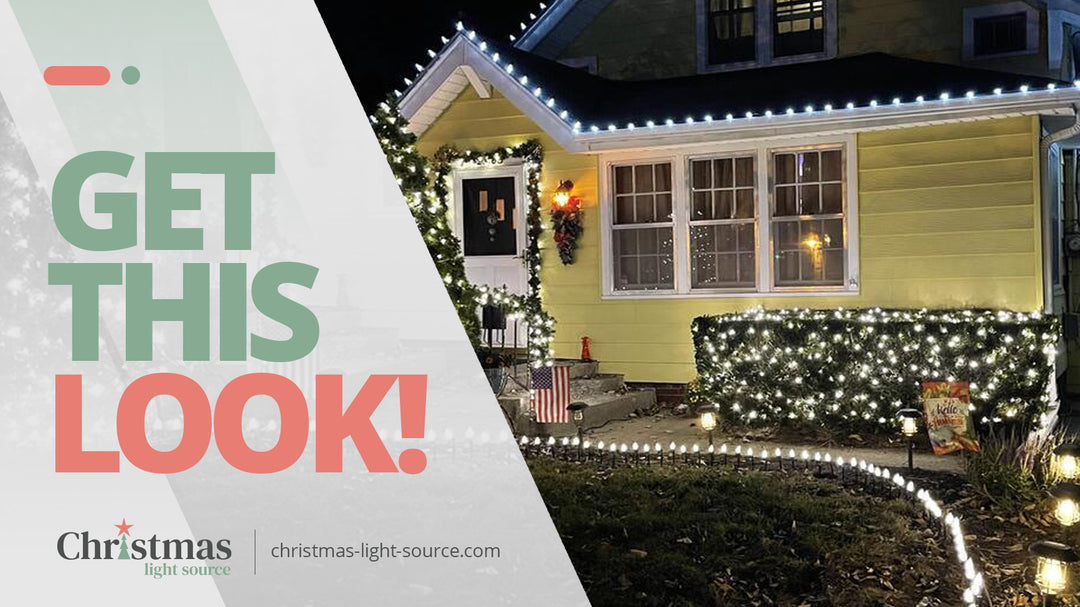E12, E17, E26 - What is the difference?
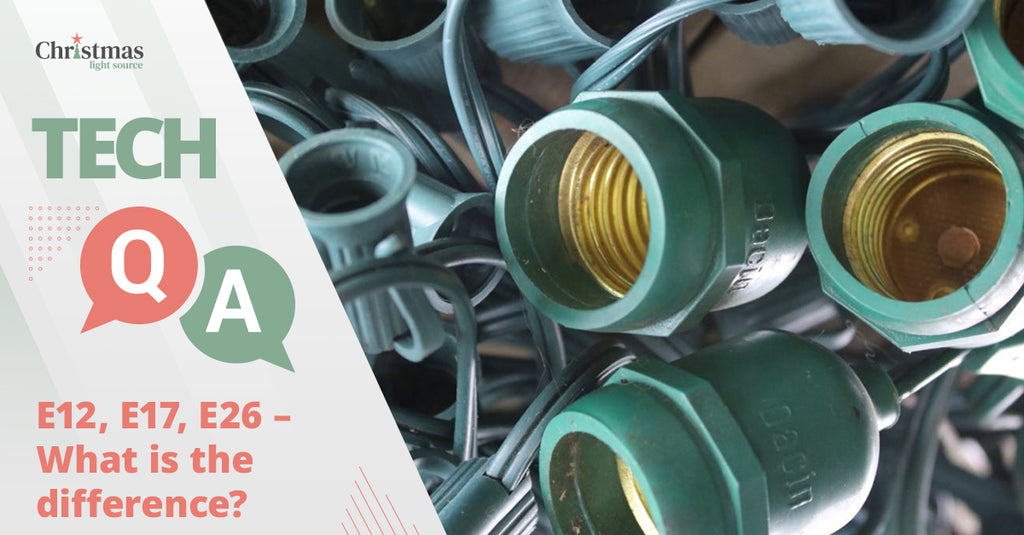
As the busy season is kicking off at CLS, we are fielding questions about specifications related to bulbs and cords. This is the beginning of a series answering our most often-heard questions.
The Question: What is the difference between E26, E17, and E12?
Short Answer: There are 3 common threaded sizes of bases of bulbs in the US. The numbers represent the width of the base in millimeters.
Photo showing their relative sizes.
E26 is most commonly seen lighting across large spaces like patios, beer gardens, and amusement parts.
E17 cords (used many times with C9 bulbs) are seen all year but especially at Christmas.
E12 cords (commonly used with C7 bulbs) are seen all year as well but also especially at Christmas.
Many of our customers are learning that Christmas light bulbs and cords can be repurposed for parties and patio lighting by using either their traditional C7 or C9 bulbs or purchasing round bulbs for use during the offseason.
The number after the E is the width of the base of the sockets in millimeters.
Tips for telling them apart
E12: same size as a standard nightlight so grab a nightlight bulb if you don't know if you have an E12 or E17 light string
E17: slightly bigger than an E12 string (so, not the same size as a nightlight!)
E26: the same size as a standard (A19) bulb
Photo of the relative internal sizes of the sockets:
Samples of bulbs with these bases: E26, E17, E12 from left to right.
For more information about bulb shapes, be sure to read more here.



